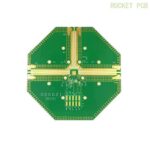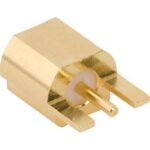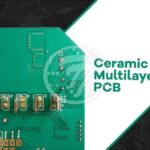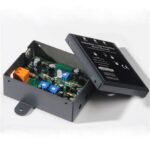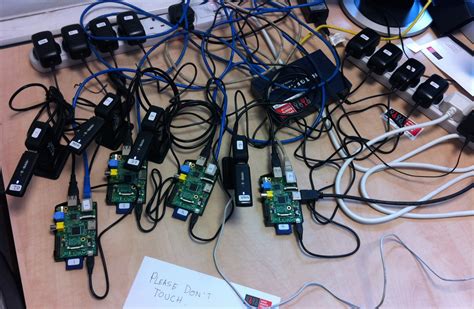
ALL ABOUT FLEX PCB
-
Best 25 Raspberry Pi 4 Projects in 2023
Posted by
–
 Read more: Best 25 Raspberry Pi 4 Projects in 2023
Read more: Best 25 Raspberry Pi 4 Projects in 20231. Home Automation Hub Transform your Raspberry Pi 4 into a centralized home automation hub using software like Home Assistant or OpenHAB. Control your smart devices, automate tasks, and create a seamless, interconnected home experience. Request Flex PCB Manufacturing & Assembly Quote Now 2. Retro Gaming Console Relive the nostalgia […]
-
DMX Protocol: What It Is and How to Use One
Posted by
–
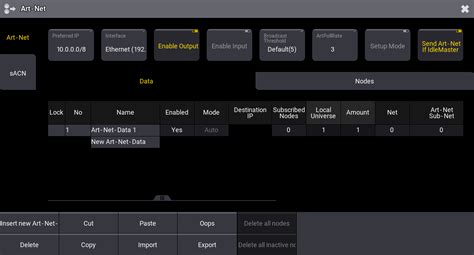 Read more: DMX Protocol: What It Is and How to Use One
Read more: DMX Protocol: What It Is and How to Use OneWhat is DMX Protocol? DMX512 (Digital Multiplex) is a standard for digital communication networks that are commonly used to control stage lighting and effects. It is designed to provide a standardized way to connect lighting consoles to lighting fixtures and dimmers, allowing them to communicate with each other. DMX is […]
-
What Is High TG PCB
Posted by
–
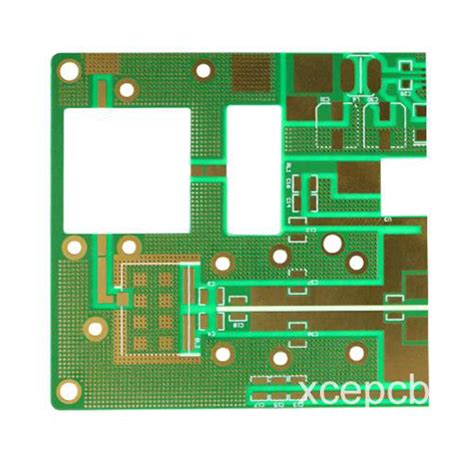 Read more: What Is High TG PCB
Read more: What Is High TG PCBUnderstanding High TG PCB and Its Significance High-TG-PCB, or high glass transition temperature printed circuit boards, are specialized PCBs designed to withstand elevated temperatures and maintain their structural integrity in demanding applications. These PCBs are crucial for industries such as aerospace, automotive, and high-performance electronics, where reliability and durability under […]
-
Panel Requirements for PCB Assembly
Posted by
–
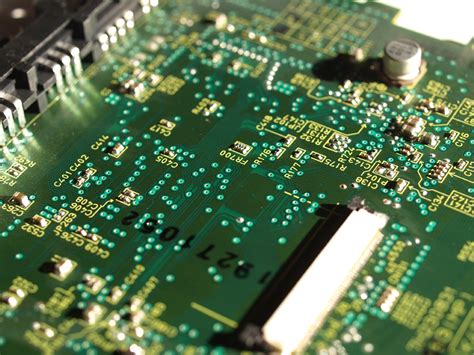 Read more: Panel Requirements for PCB Assembly
Read more: Panel Requirements for PCB AssemblyIntroduction to PCB Assembly and Panel Requirements PCB (Printed Circuit Board) assembly is the process of soldering electronic components onto a printed circuit board to create a functional electronic device. The process involves several steps, including placing components on the board, soldering them in place, and testing the completed assembly […]
-
 Read more: PCB Substrate Materials – What Type is Right For YRAYPCB ?
Read more: PCB Substrate Materials – What Type is Right For YRAYPCB ?Factors to Consider When Choosing PCB Substrate Materials Before diving into the specific types of PCB substrate materials, it’s essential to understand the key factors that influence substrate selection. These factors include: Dielectric Constant (Dk): The dielectric constant measures the substrate’s ability to store electrical energy. A lower Dk value […]
-
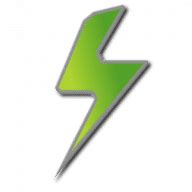 Read more: Clipping Detector: Get Creative with DIY Clipping Detectors
Read more: Clipping Detector: Get Creative with DIY Clipping DetectorsWhat is Clipping in Audio? Clipping is a form of waveform distortion that occurs when an amplifier is overdriven, and the output voltage exceeds the maximum voltage the amplifier can produce. In digital audio systems, clipping happens when the signal level exceeds the maximum digital value, resulting in a loss […]
-
How to Calculate Size of the PCB
Posted by
–
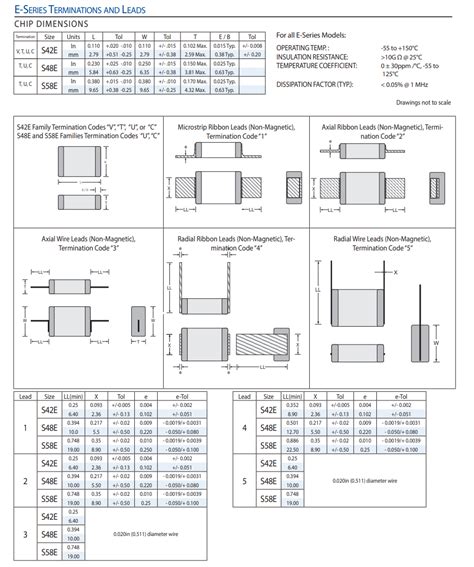 Read more: How to Calculate Size of the PCB
Read more: How to Calculate Size of the PCBUnderstanding PCB Size and Its Importance Printed Circuit Boards (PCBs) are the backbone of modern electronics. They provide a platform for mounting and connecting various electronic components to create a functional circuit. One crucial aspect of PCB design is determining the appropriate size of the board. The PCB size directly […]
-
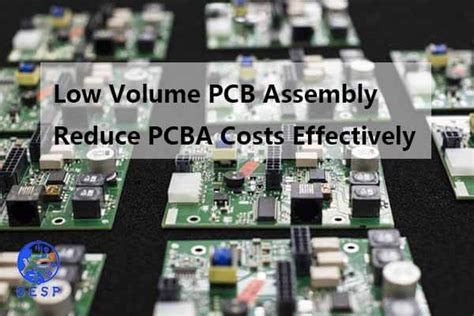 Read more: PCB Manufacturing Cost Breakdown– Help Maximize Your Cost Savings
Read more: PCB Manufacturing Cost Breakdown– Help Maximize Your Cost SavingsFactors Influencing PCB Manufacturing Costs Several key factors influence the cost of PCB manufacturing. These include: PCB Design Complexity PCB Size and Thickness Number of Layers Material Selection Surface Finish Quantity and Turnaround Time Testing and Inspection Requirements Let’s explore each of these factors in more detail. PCB Design Complexity […]
-
0 Ohm Resistor – What Is It Used For?
Posted by
–
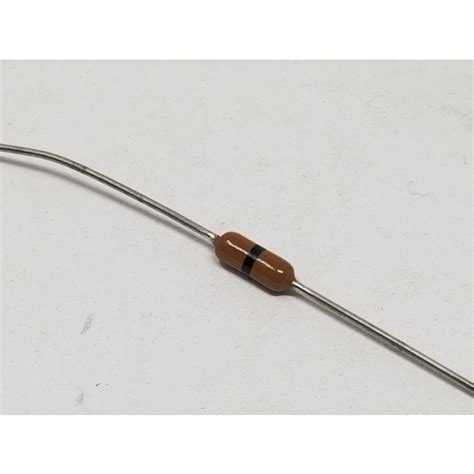 Read more: 0 Ohm Resistor – What Is It Used For?
Read more: 0 Ohm Resistor – What Is It Used For?Introduction to Zero-ohm resistors A zero-ohm resistor, also known as a jumper resistor or wire link, is a special type of resistor with negligible resistance, typically less than 0.005 ohms. Despite its name, a zero-ohm resistor does not actually have zero resistance, as this would be impossible according to the […]
-
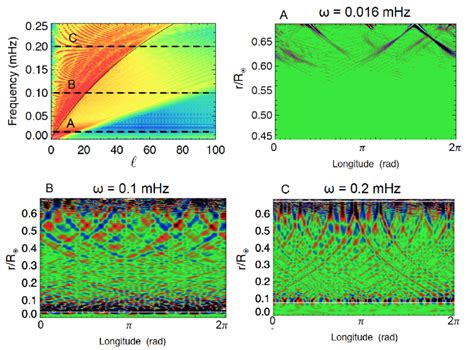 Read more: How To Distinguish Between Wave soldering And Reflow Soldering
Read more: How To Distinguish Between Wave soldering And Reflow SolderingIntroduction to Wave-Reflow Distinction In the world of Electronics Manufacturing, soldering is a crucial process that ensures the proper connection and stability of components on a printed circuit board (PCB). Two of the most commonly used soldering techniques are Wave Soldering and reflow soldering. While both methods aim to achieve […]
